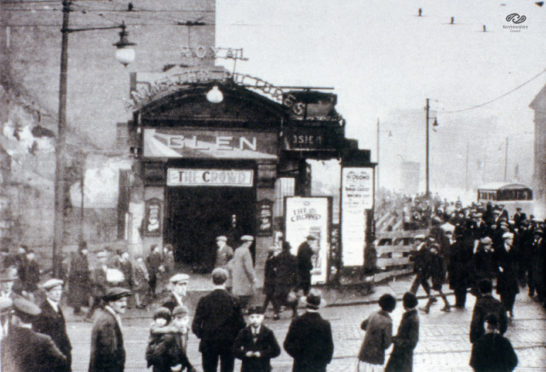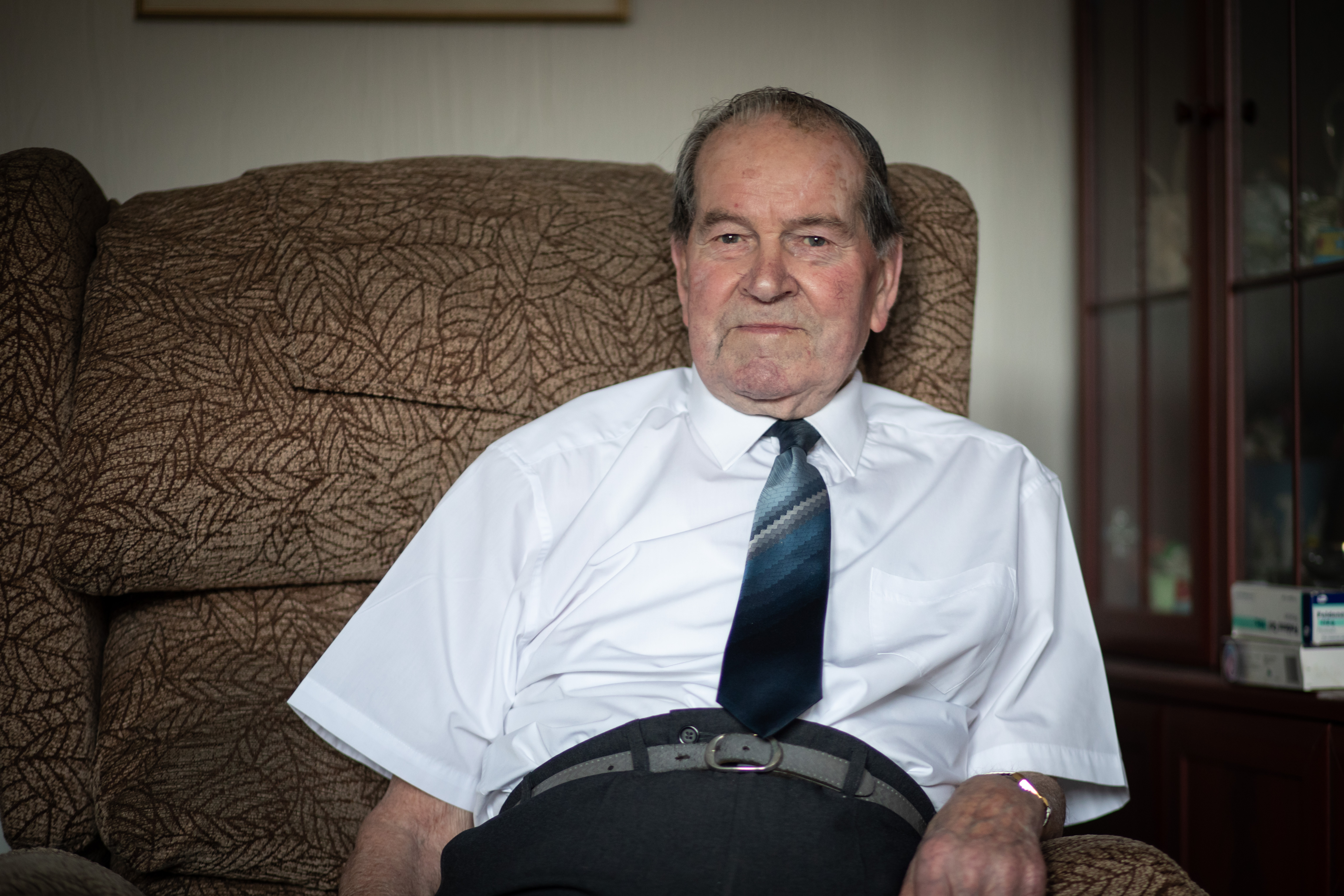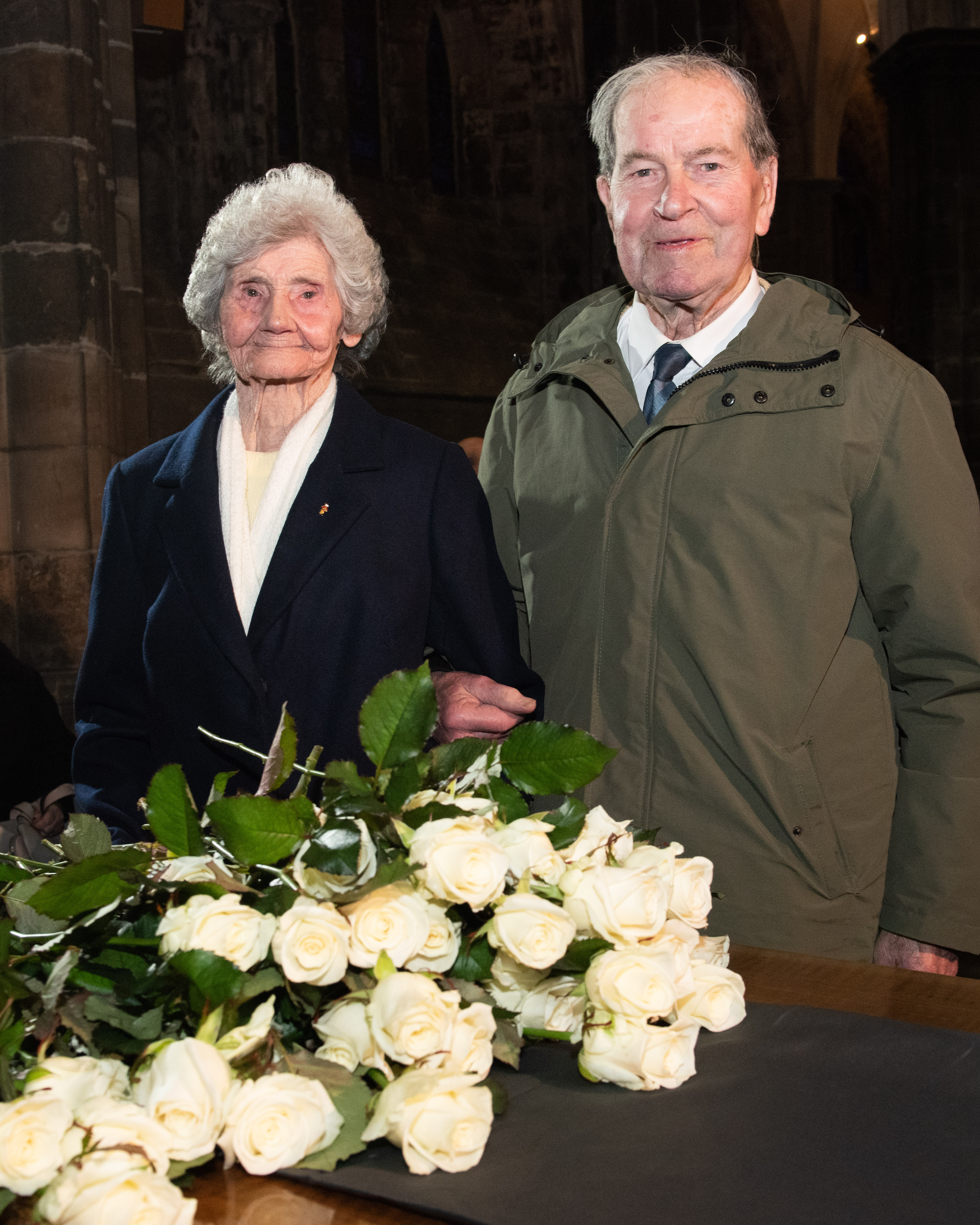
A wreath is to be laid to remember the dozens of young victims of Paisley’s “Black Hogmanay” 90 years ago, considered to be one of Scotland’s worst human tragedies.
On December 31 1929, a film canister was placed on a heated surface in the Glen Cinema and started to smoke, causing panic among the more than 600 children at a packed matinee.
The metal gate of the main exit doors was pulled shut and led to a crush in which 71 children died and more than 30 others were injured.
The tragedy led to the amendment of Cinematograph Act 1909 to ensure all cinemas had more exits, doors opened outwards and were fitted with push bars; limits were placed on cinema capacities, and a requirement for an appropriate number of adults to be present to ensure the safety of children was introduced.
Survivor Robert Pope told how, on the day of the disaster, he asked his mother for some jars to exchange for money so he could go to the pictures with seven of his friends.
He said: “I don’t remember much about it. I think my guardian angel watched out for me that day.
“When the panic started, I just remember something came over me and I stayed in my seat and didn’t move.
“I don’t remember much else until later when a fireman was clearing the hall, he asked me what I was doing.
“I told him I was waiting for the picture to come back on and he told me to head home to my mother and that the film wouldn’t be coming back on.”
Mr Pope added: “My friends saw that I never came out and had told my mother I was still there, and she was getting ready to go up to the hospital to try to find me.
“As she opened the door, I was walking up the stairs and I remember the look of relief on her face.
“I think that saved her from the traumatic experience of seeing the children who had been killed and injured in the cinema at the hospital.”
Mr Pope and other survivors continue to commemorate the disaster every Hogmanay along with their families and members of the local community.
They will gather at 11am at the Cenotaph in Paisley town centre to lay a wreath for those who lost their lives that day.
Fellow survivor Emily Brown, 95, said: “I remember I didn’t want to go that day.
“I was there with my older sister Jean (10) and younger sister May (three) – we heard someone shout ‘fire’ and started to head for the exit.
“There was screaming and shouting, and people were pushing and trampling you and you were trampling on others trying to get out.
“I remember some people jumped over the balcony or on to the stage to try to get out.
“I was separated from my sisters in the panic – I remember someone smashed a window and a fireman helped get me out.
“I think my mother gave us all an extra cuddle that night.”

Enjoy the convenience of having The Sunday Post delivered as a digital ePaper straight to your smartphone, tablet or computer.
Subscribe for only £5.49 a month and enjoy all the benefits of the printed paper as a digital replica.
Subscribe © Renfrewshire Council
© Renfrewshire Council